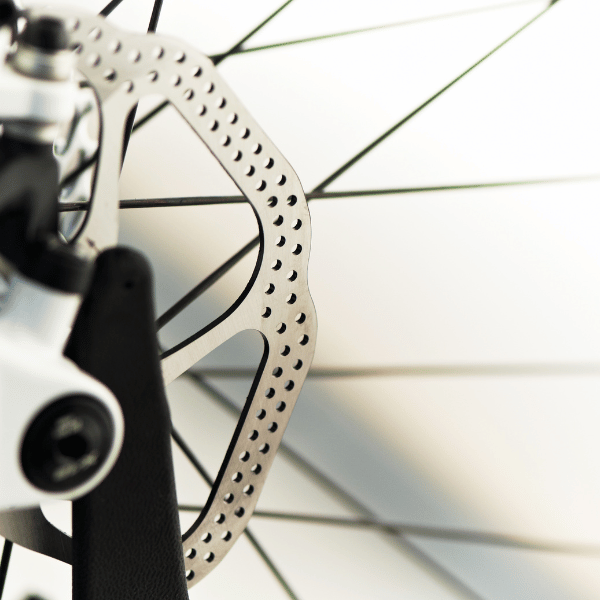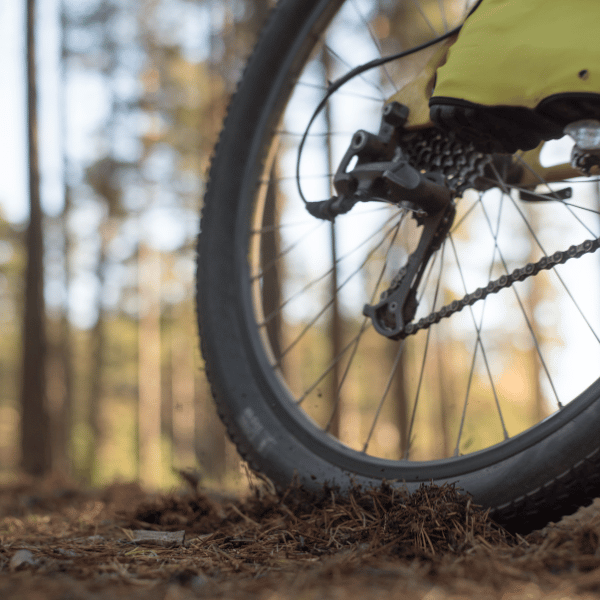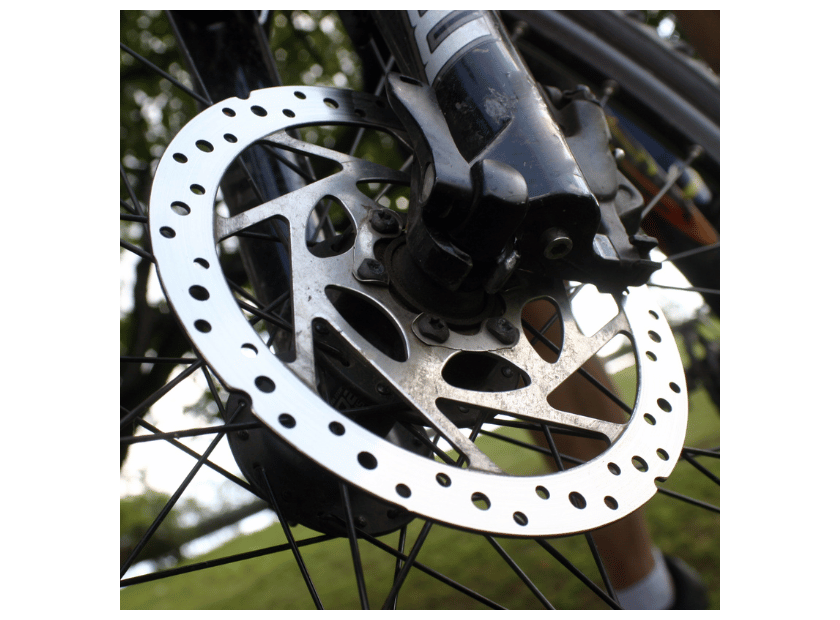Exploring the World of Bike Brakes
When it comes to cycling, a very important element which is often overlooked but plays a big role in both safety and performance is the bike brake system. Understanding the ins and outs of bike brakes is necessary for every cyclist, from occasional city cyclists to enthusiastic mountain bikers. This article aims at providing a comprehensive overview of bike brakes in terms of their types, mechanisms as well as considerations that define them in relation to cycling technology. Through examining the structure of various brake systems, discussing their application on diverse terrains, and suggesting simple solutions for servicing and upgrading; we hope this will equip you with priceless knowledge that can help make informed decisions improving your riding experience through ideal braking.
What are the Different Types of Bike Brakes?
Rim, drum or disc brakes are imperative in ensuring bicycles are safe and efficient while riding. The kind of brakes used depends on one’s style of riding.

Overview of Common Bike Brake Types
There are three leading types of bicycle breaks present in the market today: rim, drum, and disc. Lightness as well as ease of maintenance are among several advantages users get from using rim breaks where forces applied act directly on the side-spoke nipple instead. Disc brakes also provide superior stopping power across different weather conditions, hence making them suitable for use in mountain biking, including wet weather conditions. On the other hand Drum Brakes have low maintenance requirements because they are merged with hubs but they are heavier and less common than disc or rim ones.
Rim Brakes vs. Disc Brakes: A Comparison
Comparison between rim brakes versus disc brakes is based on various factors mostly affected by weather conditions used during cycling activities. Rim type has been considered relatively cheap compared with disc versions that do not grind against rims thus no wears out though more weighty than competing technologies elsewhere they perform better under any weather condition than those fitted on wheel’s rims where they remain static at all times therefore preventing wearing out.V-Brakes contrastingly have a uniform performance across all climatic conditions with no wear and tear on the wheel rim, but they tend to be heavier than other categories. Due to their greater stopping power and reduced maintenance needs, this makes disc brakes a favorite for mountain biking and serious road cyclists.
Understanding V-Brakes for Bicycles
V-brakes among rim brakes are characterized by their simplicity and efficient stopping power at low costs. V-brakes consist of a mechanism comprising two long arms that can pivot, bringing the brake pads into contact with the rim of the wheel; thus, it makes them superior to any other type of braking system in terms of modulation when riding on flat terrains. On the contrary, these are less useful when there is mud or water compared with disc ones, though so far, they have proved cheaper in terms of maintenance and thus are recommended for everyday users who need to minimize their costs.
How do disc brakes function on bicycles?
Bicycle disc brakes consist of a rotor affixed to the wheel hub and a caliper bolted to the frame. When the brake lever is squeezed, the pads in the caliper press against the rotor, slowing down the bike through friction. This system provides reliable stopping power in all conditions.

What Makes Hydraulic Disc Brakes Work
The hydraulic disc brake has been designed to utilize a sealed fluid system for transferring force from the brake lever to the caliper located at the wheel end. When you press on the lever, hydraulic fluid flows via a hose, causing pistons situated in calipers to grip the rotor with its attached brake pads. Moreover, this allows for precise modulation and takes less manual effort when compared with cable-actuated systems, providing consistent braking power over fluctuating weather patterns.
Mechanical Disc vs. Hydraulic Disc Brake Systems
Mechanical disc brakes make use of cable actuation where application of brakes causes pad contact using pressing them against rotors hence reducing bike speed.Among other things they are simpler and often more economical than hydraulics but demand more muscle and routine tweaking.Thus hydraulic types offer better stopping ability with less work as well as service life due to principles founded upon perfect evenness of pad wear and no deviation with time.
What Brake System is Suitable for Mountain Bicycles?
Choosing the appropriate braking system for safety and performance on mountain bikes is vital. Mechanical or hydraulic disc brakes are preferred because they have excellent control and work well in all weather and different terrains.

Advantages of Disc Brakes for Mountain Biking
Inconsistent stopping power, resilience to mud and water, and decreased wear on the wheel rim make disc brakes an excellent choice for mountain biking. Hydraulic discs give even more control and less strain to hands, making them best suited for long descents and challenging trails.
Understanding the Functionality of Cantilever Brakes
This kind of brake is not prevalent in modern-day mountain cycling, although cantilever brakes stop easily yet have a simple mechanism that can be maintained very easily. It is suitable for light trail use and cross-country riding where the terrain is less challenging and wet conditions are less pronounced.
What are the Fundamental Varieties of Rim Brakes?
It includes various types, but mostly however caliper, cantilever and V-brake (linear-pull). These work by having pads press against the wheel rim to slow down a bicycle and provide a trade-off among cost, effectiveness and ease of maintenance.
An Exploration of Road Bike Caliper Brakes
Caliper brakes are common in road cycling because they have one point where they are attached and that is on top of the frame or fork. They are easy to control, have less weight, and require simple maintenance exercises. The important parameters that affect caliper brake performance include brake reach, pad type, mounting style (direct mount or traditional) will determine its compatibility with different bike frames and tire sizes.
Comparison between Rim Brake Systems’ Brake Pads
Rim brakes' braking performance and longevity largely depend on brake pads. Rubber pads, which are cheap with reasonable dry conditions performance or cartridge pads that allow for easy replacement without repositioning the brake are some of these options. Pad compound, i.e., whether it is suitable for wet or dry conditions, and its compatibility with rim materials, i.e., carbon or aluminum, should be considered when identifying such factors.
How to Maintain and Replace Bike Brake Components?
Safe cycling requires maintaining and replacing bike brake parts. You should check regularly for wear and tear or rust on the cables to ensure they run smoothly within their housings. The use of lubricants appropriate to bikes can help reduce friction between the cables to prevent corrosion and wear out. Cables ought to be tensioned appropriately when they feel spongy or do not have enough stopping power based on the manufacturers’ recommendations to ensure proper braking.
Essential Tips for Brake Cable Maintenance
To maintain brake cables, inspect them regularly for fraying or rust, ensuring they move smoothly within their housings. Lubricate the cables with a suitable bike lubricant to prevent corrosion and reduce wear. Adjust cable tension if the brakes feel spongy or unresponsive, following the manufacturer's specifications. Keeping cables clean and adequately tensioned ensures reliable braking performance.
Replacing Brake Shoes: A Step-by-Step Guide
When replacing brake shoes, first ensure compatibility with your bike’s brake system. Remove the wheel and the retaining pin or bolt on the brake shoes. Slide out the old shoes, paying attention to their orientation. Insert new brake shoes, ensuring they're correctly aligned with the rim—not touching the tire or missing the rim. Be sure you tighten them with pins/bolts. Adjust until there is optimal contact with the rim and try out responsiveness before you can ride it again.
What Do You Need to Know About Brake Levers and Their Function?
Brake levers are crucial for controlling a bicycle's speed and ensuring riders' safety. They allow cyclists to activate the braking system by adjusting the bicycle's speed or bringing it to a halt. What Can I Learn about Different Types of Brake Levers for Various Bike Models?
There are mainly two types of brake levers: flat bar levers used on mountain and hybrid bikes; and drop bar ones found on road bikes. The former requires a full grip and uses fingers, while the drop lever integrates with the handle design, allowing operation from more than one hand position. This decision would differ depending on bike type, handlebar design, or rider preference regarding control and comfort during rides.
Understanding how Brake Levers Actuate the Brake System
Brake levers actuate brakes by transmitting force from a cyclist's fingers to either a cable (for mechanical brakes) or hydraulic fluid (for hydraulic brakes). The efficiency of this transfer depends on the material used in making the lever, its design, and the type of braking system employed. Properly adjusted and maintained brake levers ensure smooth, reliable braking performance, which is essential for safe cycling.
FAQ
Q: Which kind of bike brakes do we have in the market?
A: There are many kinds including rim brakes, coaster brakes, and drum brakes.
Q: What are rim brakes and how do they work?
A: The wheel comes in contact with the brake with a caliper clamping on it which then rubs on the rim causing friction that slows down the rotation of the wheel thereby stopping its movement forward.
Q: What are disc brakes and how do they differ from rim brakes?
A: Disc brakes use a rotating disc rotor attached to the hub of a wheel while rim brakes grip the rims of wheels by using levers or pads pressing against them to stop them.
Q: What is the difference between mechanical and hydraulic disc brakes?
A: Mechanical disc brakes use cable systems to push calipers into rotors but hydraulic ones use brake fluids instead making hydraulic disc breaks more reliable, stronger, and better than cables because they can be adjusted to any design or weight requirements.
Q: What are coaster brakes and how do they function?
A. The moment one pedals backwards with this type of rear brake, it stops by resisting the spinning motion of its back wheel (Reedman 1).
Q: How do hydraulic brakes differ from mechanical brakes in terms of performance?
A. Compared to mechanical types, these types allow for better modulation and precise control over speed when cycling on different terrains, hence being preferred by many cyclists who wish to enjoy their rides safely (Edward 187).
Q. Are there any specific types of brakes designed for certain types of bikes?
Yes. This may include gravel bikes having hydraulic rim breaks for better heat dissipation during long descents while road bikes may have dual-pivot calliper breaks being lightweight and aerodynamic.]


